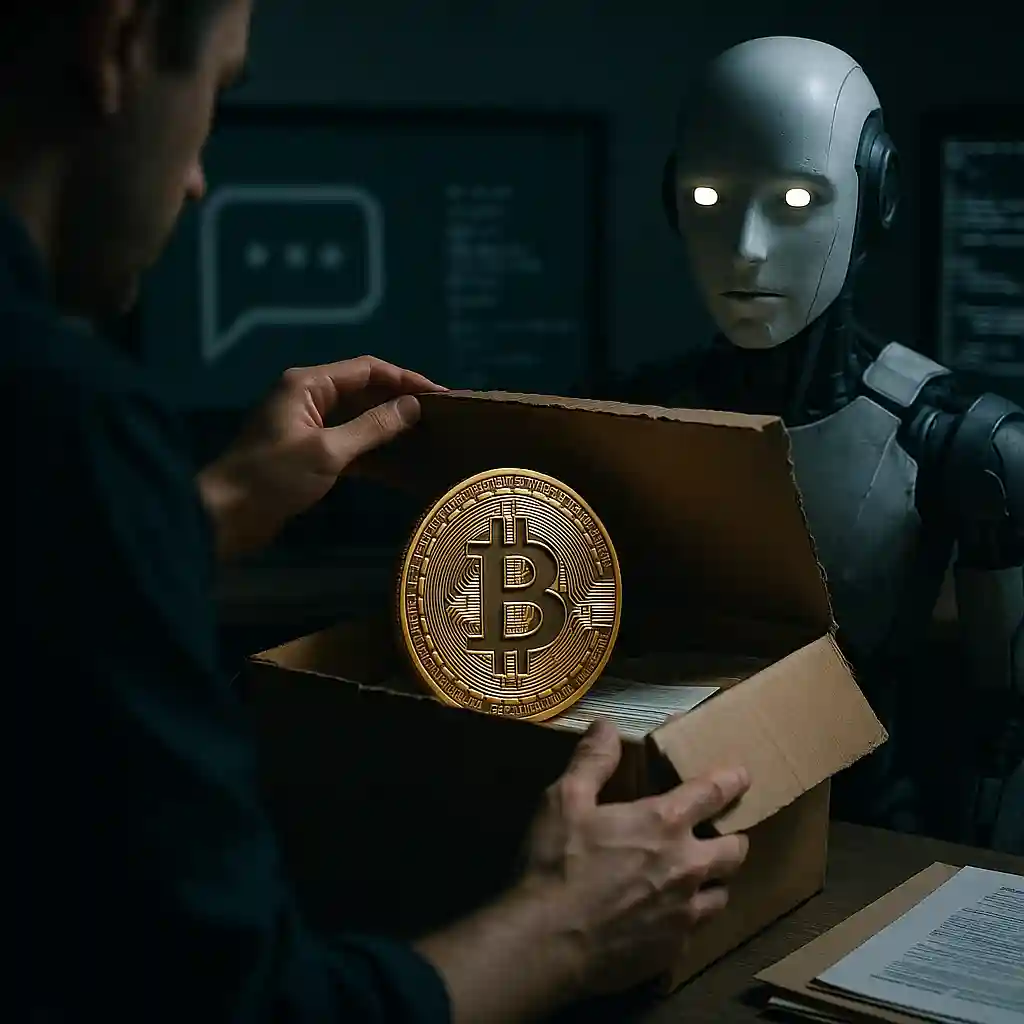Unpacking the Dead Internet Theory: AI, Bots, and the Fears Shaping Online Discourse
 16 Nov 25
16 Nov 25
The Rise of the Dead Internet Theory
The Internet, once heralded as a vibrant space for genuine human discourse, is now facing scrutiny under a burgeoning idea known as the 'Dead Internet Theory.' As artificial intelligence (AI) generated content and bots proliferate, this theory asserts that much of what appears authentic online may instead be concocted by automated systems. While it originated in fringe corners of the web, growing evidence of AI’s reach has pushed the conversation into the mainstream, prompting serious questions about the future of online communication.
Understanding the Dead Internet Theory
At its core, the Dead Internet Theory suggests that a significant portion of online activity—posts, comments, articles, and even whole personas—are produced by bots and AI rather than real people. Proponents argue that an increasingly large share of web content is designed to influence opinions, drive narrative, or support commercial interests, all with minimal real human involvement.
A Conspiracy or Cautionary Tale?
Though lacking concrete evidence, the theory posits that governments, corporations, or clandestine groups could be orchestrating automated online discourse at scale. This speculation has been met with skepticism from many experts, who see the claims as exaggerated. Nevertheless, the theory taps into genuine unease fueled by a noticeable increase in low-quality, repetitive, and synthetic content across digital platforms.
The AI Content Explosion
The rapid advancement of large language models such as OpenAI’s GPT series has fueled concerns about the authenticity of online content. AI tools can now produce text, images, audio, and even deepfake videos that closely mimic human output. This capability, combined with ease of access, has triggered a wave of machine-generated material that is sometimes indistinguishable from what a person might produce.
Growing Volume, Diminishing Trust
Search engines and social media networks have become inundated with automated posts, leading users to question whether the connections they make online are genuine. The recent boom in generative AI applications has further blurred the line, saturating digital spaces with articles, product reviews, social media updates, and even news reports written by algorithms.
Why the Theory is Resonating Now
This spike in visible AI activity has brought the Dead Internet Theory out of obscurity. Terms like "dead web" and "zombie net" have gained traction on platforms such as Reddit and X (formerly Twitter), where users share anecdotes of AI-written spam and eerily uniform commentary. The narrative appeals to those who fear that bots are not only generating noise but actively shaping beliefs and stifling genuine conversation online.
Viral Worries and Real-World Incidents
High-profile incidents—such as AI-generated celebrity deepfakes and spam campaigns promoting crypto scams—have legitimized concerns. As companies leverage AI to optimize engagement and dissemination, some users notice a decrease in meaningful interaction, reporting that the Internet feels increasingly artificial and less communal.
Platforms Respond: From Denial to Mitigation
Major tech companies acknowledge the uptick in AI-driven content but stop short of conceding that the Internet is "dead." Instead, firms like Google and X are introducing detection tools and updated moderation policies to tackle automated abuse. Strategies range from labeling AI-generated text to removing inauthentic accounts and cracking down on coordinated bot activity.
The Cat-and-Mouse Game
Despite these efforts, detection is not foolproof. Sophisticated generative models can circumvent pattern-based filters, making it difficult for both algorithms and humans to reliably distinguish between man and machine. The struggle to police online authenticity is a moving target, with bad actors swiftly adapting to new safeguards.
Challenges of Authenticity in a Changing Web
With the democratization of AI tools, individuals and organizations can easily flood the web with synthetic content. For some, this development undermines trust in online communities and public discourse. As bots become more skilled at imitating conversational styles and creating engaging narratives, distinguishing authentic voices becomes an ever more complex task.
Effects on Search and Social Feeds
Search engines face the challenge of filtering out low-effort, automated pages from genuine sources of knowledge. Similarly, social networks battle the proliferation of fake personas and viral misinformation seeded by coordinated botnets or commercial interests seeking to sway public perception.
Fact or Fear: Examining the Evidence
While the Dead Internet Theory is rife with speculation, some of its warnings reflect real shifts in the nature of online interaction. Studies by cybersecurity firms and academic researchers confirm that bot traffic and AI content represent a growing share of web activity. However, most experts maintain that the Internet is still very much alive, pointing to vibrant communities, real-time news events, and human-driven innovation still thriving online.
The Gray Zone
The key issue may not be whether the Internet is technically 'dead,' but rather how easy it has become to manipulate perception with automated tools. The gray area between genuine content and subtle fakery continues to expand, driven by commercial incentives and technological advances.
The Future of Digital Authenticity
Looking ahead, the intersection of AI-generated content and human communication raises pressing ethical and practical questions. How can societies ensure a trustworthy digital space when the provenance of information is so easily obfuscated? Innovations in detection, user education, and regulatory oversight may help preserve authenticity, but the challenge is far from solved.
Personal Responsibility and Awareness
As the AI content flood persists, critical literacy will play a vital role. Users are increasingly encouraged to verify sources, scrutinize information quality, and support transparency initiatives that distinguish between human and machine contributions. The battle for an authentic Internet will depend as much on user behavior as on the algorithms and policies enforced by platform owners.
Conclusion: Alive, But Evolving
The Dead Internet Theory, once dismissed as an outlandish conspiracy, now strikes a chord in an AI-saturated era. While its most extreme claims are met with skepticism, concerns about authenticity, manipulation, and the sheer volume of synthetic content are very real. As platforms and users grapple with these challenges, the Internet faces a pivotal moment—one in which its vibrancy will depend on our collective ability to preserve trust, transparency, and genuine human connection.



















